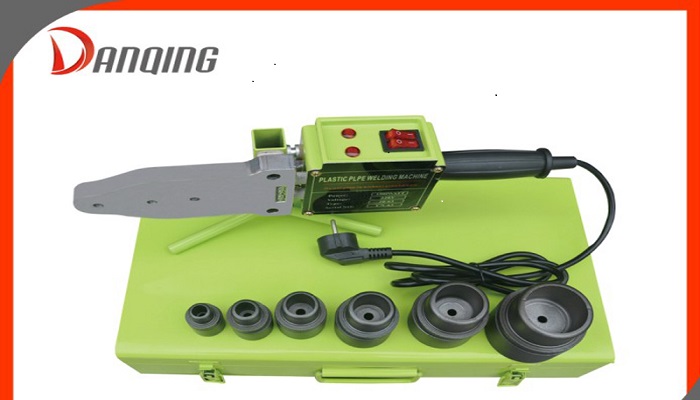What is a ppr welding machine
There are (multiple) methods for joining metals by weld […]
There are (multiple) methods for joining metals by welding. All these processes convert energy into heat in the welding zone, which leads to fusion, fusion and assembly. Some welding machines are simple portable machines, while many other welding machines are computer-controlled machines that can perform multiple welds simultaneously or multiple welds per second.
Resistance welding or spot welding-current flows between the metals to be connected ... The purpose of this process is to make the resistance of the connecting material generate enough heat to melt the metal and form a solder block. The fixed copper electrode can be a single welding point, or it can be continuously welded using a rotating copper alloy wheel.

Quick flash welding-The two parts to be connected are charged and gathered together, and when these two parts are immersed in them, the electric potential will generate an arc. Railways are usually connected in this way.
Arc Welding-The high voltage potential on the gap will create an arc (mini flash) between the welding electrode and the workpiece. The arc will raise the temperature of the workpiece to where the two parts merge. There are many types of arc welding, some use filler metals as electrodes, and others use non-consumable tungsten electrodes. Generally, inert or other "covering gas" is used to protect the weld from oxidation or other damage caused by the gas during the metal melting process. Some highly automated machines use consumable welding wire filler metal as the electrode, where the welding wire is continuously applied and guided by the laser "eye" to generate the weld.
Gas welding-The external flame produced by the gas welding torch is directed to the parts to be assembled, resulting in fusion. Other filler metals are usually added at the point of flame impact. There are several variants of gas shielded welding.
Electron beam welding-This process directs a highly charged electron beam into the beam directed to the welded joint, resulting in extremely high local heat. This process is most commonly used in vacuum or atmospheric pressure chambers, and is very suitable for deep seams on high thermal conductivity materials (such as copper alloys). In this case, conventional production welding techniques will cause excessive heat in the weld area loss. Junctions and unnecessary heat affected areas.
Friction Stir Welding-The friction of a rotating tool on a part will generate heat ... it is usually effective to join different metals, or when conventional welding produces bad results.
The Metal Association is a fascinating theme that creates opportunities for new technologies and technological innovations.

